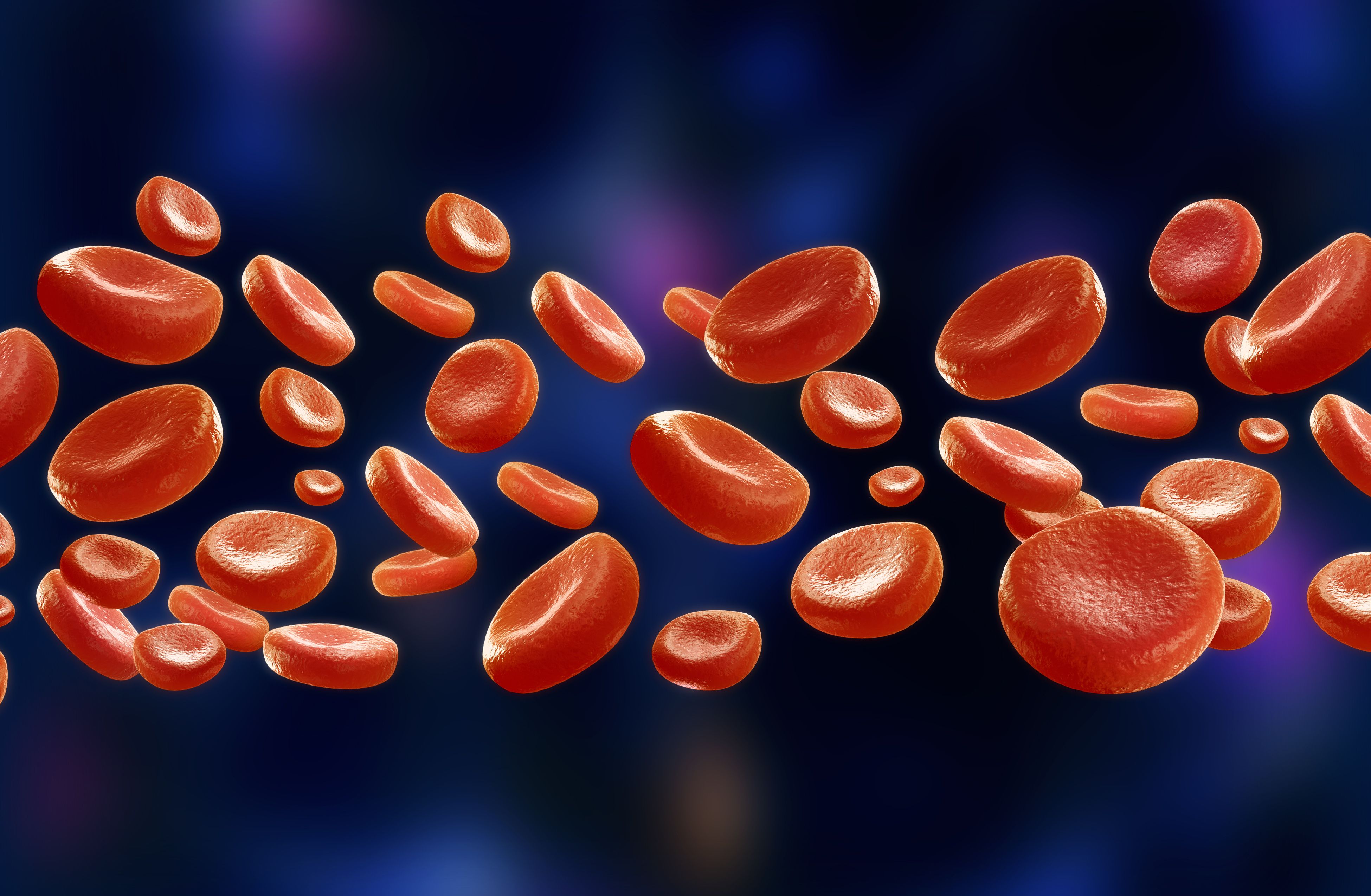AHA, ISTH Release Statement on Venous Thromboembolism Research
Two major organizations have released a new statement outlining topics of research related to VTE in need of further research going forward.

In an effort to advance cardiovascular care, the International Society on Thrombosis and Haemostasis (ISTH) and the American Heart Association (AHA) have released a joint scientific statement addressing the top research priorities in the treatment of diagnosis of venous thromboembolism (VTE).
Developed through a collaboration of 16 scientific organization, the 10-page document addresses 5 major research needs from animal studies to the effective implementation of personalized care for treatment of VTE in hopes of driving practice forward after the 2008 Call to Action from the Surgeon General fell short in addressing the public health need regarding this disease.
“The research priorities detailed in the statement provide a foundation for basic scientists and clinical researchers to transform medical care for patients with VTE and improve outcomes,” said statement chair Mary Cushman, MD, MSc, a vascular hematologist at the University of Vermont Medical Center, in a statement from the AHA. “We hope that researchers, funding agencies and the public globally will see the need for investing in solutions to address the significant public health impacts of VTE.”
To create a comprehensive overview of research priorities from leading institutions and organizations, 16 organizations were invited to share their ongoing priorities for VTE research in a global survey. The result of that survey and input from a major meeting allowed the creation of 5 specific research areas: fundamental and discovery-based research, human level research, patient-level research, practice level research, and community- and population-level research.
In regard to fundamental and discovery-based research, statement authors identified 6 key areas they hope to address going forward. Included in these was the desire to uncover mechanistic differences run hemostasis and thrombosis, to specify individual and interacting roles for cellular biochemical and biophysical functions and thrombogenesis, to further explore the impact of vascular wall dysfunction and blood flow on thrombus formation, to understand limitations of and appropriate use of specific VTE preclinical models, and to be able to distinguish mechanisms of in situ thrombosis compared against embolization. Authors also noted the desire to develop more robust animal models of pulmonary embolism that mimic human disease.
When discussing human level research, 2 of the main priorities for research were the need to identify new targets for anticoagulant therapies and the need to identify the role of novel biomarkers for predicting VTE recurrence risk. Additional research priories include developing imaging tools for diagnosis, combining imaging findings with biomarkers to identify populations most likely to benefit from VTE prophylaxis or treatment, and to explore the efficacy of treatment strategies based on thrombus characteristics instead of duration.
For patient-level research, key priorities included identifying patients most likely to benefit from catheter-based therapies in pulmonary embolism and deep vein thrombosis as well as identify causes of breakthrough VTE despite adequate prophylaxis. Other key priorities for this research area moving forward include improving predicting and understanding of clinical course of VTE in pediatric patients, explore the roles of adjuvant therapies to prevent post-thrombotic syndrome, and define thresholds for VTE prophylaxis and appropriate dosing in those with VTE, particularly pregnant patients.
The final section pertaining to community and population-level research highlights 5 specific areas to address with future research in this area. These included the need to assess the impact of public awareness campaigns about VTE, define the impact of VTE on economic and health status measure in different populations, determine the effect of healthcare delivery on variation in VTE outcomes, conduct population-based studies exploring biological and environmental factors for VTE and their association with nonthrombotic outcomes, and perform population-based studies examining patient-center outcomes and subsequent impact on quality of life.
This scientific statement, titled “Venous Thromboembolism Research Priorities,” was published in Research and Practice in Thrombosis and Haemostasis and Circulation.